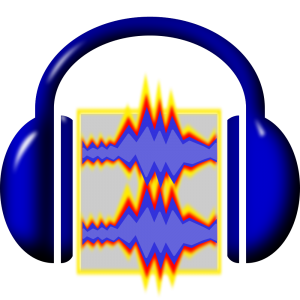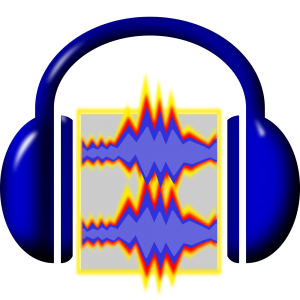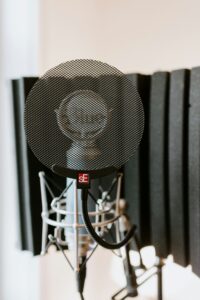 I discovered Audacity after I upgraded my computer and found that I needed to pay another $700 to upgrade my version of ProTools. Well, that wasn’t happening so I decided to try the free and highly recommended audio software, Audacity. Over the past four years of using it, I’ve found some ways to make it even better for those of us in the voice-over business. Hopefully these ten Audacity Tips and Tricks will help you too!
I discovered Audacity after I upgraded my computer and found that I needed to pay another $700 to upgrade my version of ProTools. Well, that wasn’t happening so I decided to try the free and highly recommended audio software, Audacity. Over the past four years of using it, I’ve found some ways to make it even better for those of us in the voice-over business. Hopefully these ten Audacity Tips and Tricks will help you too!
1. Before you start, go to Preferences, click on “Import/Export,” and click “Off” for the “Show Metadata Tags editor prior to export step.” This will save you so much time every time you want to export a file to send it to a client.
2. When you open a new Audacity project, make sure that your microphone and sound are set to your interface (Scarlett 2i2, etc.), otherwise the sound will be coming from your computer instead of your fancy mic.
3. Before recording, check that you have chosen to record in “Mono.” We speak in mono, not stereo, that’s the trick to remembering what mode to stay in.
4. Check your levels by pulling the level gauge down into the darker gray space on the Audacity screen and expand it. You do this by clicking on the ruler-like graphic on the left-hand side of the level gauge with the microphone on it. In fact, you can move any of the tools in the toolbar around by clicking on its ruler-like graphic. Start speaking at your normal speaking level into the mic. Your range should be between -6 and -12. After you’re done, reduce the size and return it to the toolbar area.
5. Audacity has great tools like cut, copy, paste, trim, and silence at the touch of a button and easily located on the toolbar. Just highlight the area you want to perform the action on, then click on the button. But the best thing? If you want to undo the action, there is a back arrow available!
6. If your recording space isn’t the most ideal, Audacity has an answer for you with the Noise Reduction Effect. Simply record some room noise at the beginning or end of your script. Highlight that room noise, then click on “Noise Reduction” under the Effect drop down menu. Click on “Get Noise Profile,” then highlight your whole recording. Click on “Noise Reduction” again and select “OK” under Step 2. You will have a significantly better room noise profile.
7. Audacity is great for adding additional audio tracks. Let’s say your client wants you to add music underneath your raw VO. All you have to do is click on File, then Import, then Audio and Audacity automatically opens up a window so that you can search for the music file. Click on the file and click “Open.” The file then imports that new track into your Audacity project. If both tracks are unmuted when you hit “Play”, they will both play!
8. Say your client sent you copy that is way too long, which I know is rare (wink, wink). There is a function in Audacity that can help you speed up your read without making you sound like one of The Chipmunks! It’s called “Change Tempo without Changing Pitch.” If you read a :30 at :33, then you can highlight your read and click on the Effect drop down menu to “Change Tempo.” Type in that you want the length to change from :33 to :30, click “OK” and voila! Always, always, always listen to the final result! If you compress the time too severely, it can sound choppy and super strange.
9. Normalizing prior to exporting your file is super easy. Just highlight what you want to normalize, go to the Effects tab and drop down to Normalize. I choose to normalize to -3db. Click “OK” and you’re done.
10. Audacity is a great place for organization! Each time you hit the record button within a project, a new track starts recording, so you can place all of one client’s scripts in the same Audacity project. You are also able to name each track to make it easier for you to identify each track/script recorded. To name the track, go to the top left by the x, click on the down arrow, and the first thing you’ll see is “Name.” Name the project by client and you’re set!
The best way to learn and master any software is to just get in there and start playing with it. See what each button does. Know that you aren’t going to break it and thankfully, there is always the undo button! If you need additional Audacity tips, Such A Voice has some great tutorials on Audacity in the Home Studio area of the Members section of our website. Ben Marney is also available for one-on-one help. Best wishes to you on your voice-over journey!
Check out our VO Pro Membership for more content like this!
Jillian Nielsen is an expressive voice talent with over 14 years of experience in radio and television commercial and promotional voice-overs.
Want to hear VO pro Jillian Nielsen in action? Check out the audio version of this blog post.
We also have an overview of Jillian’s Audacity tips and tricks in the video below.





